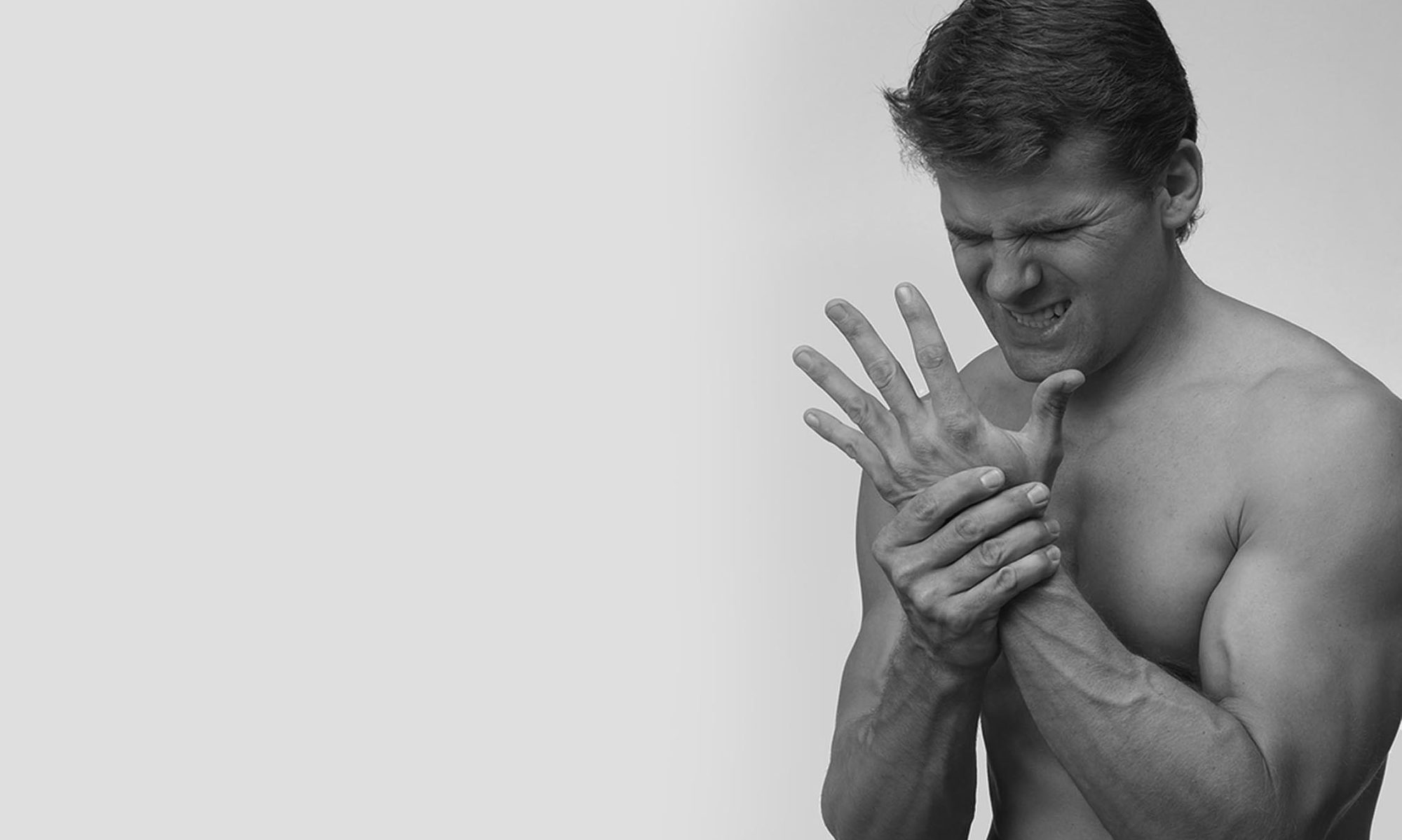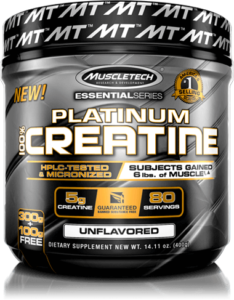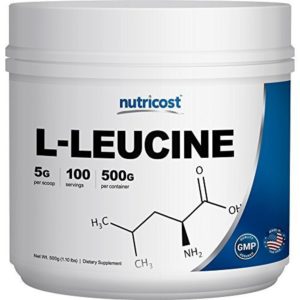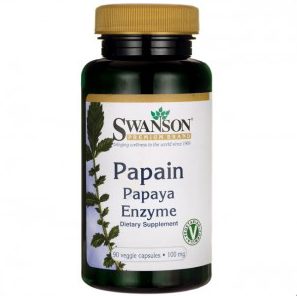It’s a fact; older athletes have trouble maintaining muscle mass. Somewhere around the start of your fifth decade, a condition called “anabolic resistance” sets in. While no one really knows the exact mechanisms involved, the problem is that it’s harder for the body to absorb the amino acids needed for developing and maintaining muscle after forty or therabouts.
Given that anabolic resistance exists, the logical question is how to combat it. Below I’ll give you some tips that will help get protein into your muscles, and then, since this mainly a tendon blog, in the second part of the article I’ll give you some hints about how to make sure your tendons keep up with the muscles so that you don’t end up with a soft-tissue injury.
Creatine
Pretty much everyone has heard of creatine by now, given that it’s the most studied supplement in history. Creatine is cheap and it just works, especially if you’re vegetarian or vegan. And as long as we’re talking about non-meat diets, veggie proteins are just as effective as animal-based ones. No need to get “complete protein” in each and every meal.
Full disclosure: the “complete protein” argument was something I believed for a long time. But more recent research has proven the idea wrong, and I’m working on a new edition of Target Tendonitis to reflect that.
Leucine
Leucine is an essential amino acid, which means that the body can’t manufacture it out of other aminos. It also, for our purposes, facilitates MPS. It does this by blocking a substance that impedes mTOR (mammalian Target Of Rapamycin), which has the net effect of switching mTOR on. The science behind all of this is way, waaaay beyond this blog post, but suffice to say that mTOR activation is the foundation for increased MPS. So the end result is to build more muscle. While younger men (no data on women, sorry) can get some benefit from supplementing with 2.5g per meal, older trainees do better with up to 4g.
So take 3-4g of leucine with meals to facilitate MPS (muscle protein synthesis). In particular, be sure to get your leucine in around your workout, both pre- and post-.
Eat more protein with each meal
While there is a commonly accepted idea that “you only need about 20g of protein per meal, and anything beyond that gets wasted”, research says differently. This study, for example, found that 40g per meal stimulated more MPS than 20, and the study was done on trained subjects. Admittedly, the subjects were young men, not older ones, but real-world observation in gyms shows that older athletes can benefit as well. How much is “more”? Research seems to indicate around 0.5-0.6g per kilo of bodyweight per day is the lower limit. Personally, I think most older athletes can go as far as to double that without any problem and experience increased MPS.
While lots of people believe that there is a 24-hour window to get protein in after training, the truth is that the necessity of immediate post-workout protein supplementation varies with the training age of the athlete. Basically, if you’ve been training less than a year, you don’t need a PW-drink at all. But older athletes have generally been training for years, if not decades, and for them getting some protein (and some simple carbs) in right after the workout ends is important. Long-term training produces physical changes in the body that go beyond just the size of your biceps, and one of these is apparently how quickly and efficiently protein gets shunted to muscles after physical exertion. So if you’re of an advanced training age, don’t miss your window!
Get a good digestive aid
And if you’re going to up your protein (or even if you’re not), I would also recommend getting a good digestive aid to help get the job done in your stomach. As the saying goes, it’s not what you eat, it’s what you absorb. Digestive aids are cheap and easy to find, and these days a lot of them taste pretty good. Try a few and see if you don’t experience more in the way of absorption and less in the way of gas.
I personally use a garlic-based digestive aid, as it not only helps with digestion but provides a host of other anti-cancer, antibacterial and anti-viral health benefits as well. (Might as well get as much health bang for your pill as possible, right?) But they are admittedly a bit more expensive than some other options, and if all you need is to get the protein digested and into your body, a simple papaya supplement will do the job perfectly well and cost as little as three bucks a month.
Okay, so that’s the skinny on developing and maintaining muscle after forty.
- More protein, at least 0.5-0.6g per kilo of bodyweight
- a digestive aid to help break it down
- 3 to 4g of leucine with meals
- creatine, and
- have a post-workout drink immediately after you finish training.
Try this protocol for a month and see if you don’t experience some new growth. And stay tuned for Part II of this article, when I talk about tendons.




